Analysis of Hotspots and Trends in Artificial Intelligence Crime Research Using CiteSpace: A Case Study of CNKI Data (2016-2025)
DOI: 10.23977/law.2025.040506 | Downloads: 2 | Views: 275
Author(s)
Li Zipeng 1
Affiliation(s)
1 Chengdu University of Technology, Chengdu, Sichuan Province, 610059, China
Corresponding Author
Li ZipengABSTRACT
Presently, artificial intelligence technology is advancing at a rapid pace. Whilst propelling societal development, it has also given rise to a series of AI-related criminal issues. Novel AI criminal methods exhibit extreme concealment and cross-domain characteristics, posing severe challenges to citizens' personal and property safety, social governance order, and judicial credibility. As research into such emerging crimes commenced relatively late, standardised predictions regarding the future evolution and development of AI crime remain lacking. Consequently, this paper will systematise existing AI crime research findings to summarise the research trajectory and future development trends of AI crime over the past decade (2016-2025), providing theoretical reference for subsequent scholarly exploration and research. This study employs quantitative analysis methods, selecting core AI crime-related literature indexed in the CNKI (China National Knowledge Infrastructure) database over the past decade as its data source. Utilising the CiteSpace (version 6.4.R1) visualisation tool, it processes data such as keyword co-occurrence to visualise research trajectories and future trends within the AI crime field. Findings reveal: 1) Analysis of AI crime keyword clustering diagrams indicates existing research has formed five major themes: technology, liability, risk, agency, and governance. Collectively, these constitute a core "one body, two wings, five dimensions" structure, profoundly reflecting academia's efforts to address practical challenges; 2) Analysis of the temporal trend chart for AI crime reveals that research from 2016 to 2025 has progressed from macro-level risk warnings to micro-level precision regulation. Future studies will increasingly emphasise multidisciplinary integration while prioritising responses to practical challenges. Consequently, the research proposes strengthening cross-disciplinary collaboration and establishing ethical governance frameworks to achieve interdisciplinary convergence and develop effective legal systems for risk prevention.
KEYWORDS
Artificial Intelligence Crime, CiteSpace, CNKI (China National Knowledge Infrastructure)CITE THIS PAPER
Li Zipeng. Analysis of Hotspots and Trends in Artificial Intelligence Crime Research Using CiteSpace: A Case Study of CNKI Data (2016-2025). Science of Law Journal (2025) Vol. 4: 39-46. DOI: http://dx.doi.org/DOI: 10.23977/law.2025.040506.
REFERENCES
[1] Han Zixuan. Regulatory Dilemmas and Resolution Pathways for Data Crimes Involving Generative Artificial Intelligence [J]. Academic Exchange, 2025, (05): 82-97. DOI: CNKI:SUN:XSJL.0.2025-05-007.
[2] Fan Huxi. Generative Logic, Behavioural Composition, and New Three-Characteristics Determination of AI-Intervened Telecommunications Network Fraud Crimes [J]. Journal of Guizhou Police College, 2025, 37(04):110-116. DOI:10.13310/j.cnki.gzjy.2025.04.013.
[3] Li Xunwei. Research on Criminal Law Issues Involving Artificial Intelligence [J]. Rule of Law and Economy, 2025, 1(02): 69-82. DOI: CNKI:SUN:FZJJ.0.2025-02-006.
[4] Gao Jianxin, Sun Jinping, Cai Yukun, et al. Artificial Intelligence Crime and Countermeasures in China [J]. Bulletin of the Chinese Academy of Sciences, 2025, 40(03): 408-418. DOI:10.16418/j.issn.1000-3045.20241025004.
[5] Liu Honglin, Zhu Yihan. On the Impact of Artificial Intelligence Development on Criminal Offences and Countermeasures: An Empirical Analysis Based on the Mediating Role of Urban-Rural Income Disparities and the Moderating Role of Public Safety Guarantees [J]. Journal of Wuhan Public Security Cadre College, 2025, 39(01): 27-32. DOI: CNKI:SUN:WHGB.0.2025-01-006.
[6] Chen Yue, Chen Chaomei, Liu Zeyuan, et al. Methodological Functions of CiteSpace Knowledge Maps [J]. Studies in Science of Science, 2015, 33(02): 242-253. DOI:10.16192/j.cnki.1003-2053.2015.02.009.
[7] Yang Fan. The Legal Positioning of Platform Social Responsibility in Artificial Intelligence Governance [J]. Administrative Law Studies, 2025, (03): 146-159.
[8] Yao Yao. Challenges and Responses to the Theory of Negligent Offences in the Era of Artificial Intelligence: Taking Traffic Accidents Involving Autonomous Vehicles as an Example [J]. Zhejiang Social Sciences, 2022, (12): 59-67+157. DOI:10.14167/j.zjss.2022.12.002.
[9] Sun Hao. On the Causes and Countermeasures of Artificial Intelligence Crime [J]. Theoretical Observation, 2019, (09): 118-120. DOI: CNKI:SUN:LLGC.0.2019-09-032.
[10] Jin Yifeng, Ma Zhonghong. Application of Artificial Intelligence in Criminal Investigation: Practical Patterns, Risks, Challenges and Development Strategies [J]. Science and Technology Herald, 2023, 41(07): 15-27. DOI: CNKI: SUN: KJDB. 0.2023-07-002.
[11] Sui Tingting. The "Human" Dilemma of Driverless Vehicles [J]. Dialectics of Nature Bulletin, 2023, 45(05): 112-118. DOI:10.15994/j.1000-0763.2023.05.014.
[12] Zhai Zhenming, Peng Xiaoyun. How "Strong Artificial Intelligence" Will Transform the World: Technical Leaps and Application Ethics Prospects of Artificial Intelligence [J]. People's Forum: Academic Frontiers, 2016, (07): 22-33. DOI:10.16619/j.cnki.rmltxsqy.2016.07.003.
| Downloads: | 14744 |
|---|---|
| Visits: | 523311 |
Sponsors, Associates, and Links
-
Journal of Language Testing & Assessment

-
Information and Knowledge Management
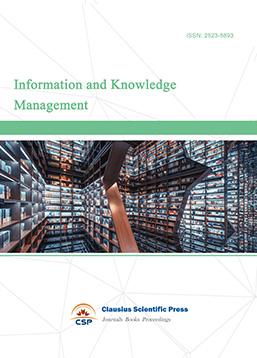
-
Military and Armament Science

-
Media and Communication Research

-
Journal of Human Movement Science
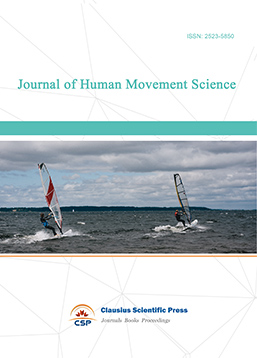
-
Art and Performance Letters

-
Lecture Notes on History
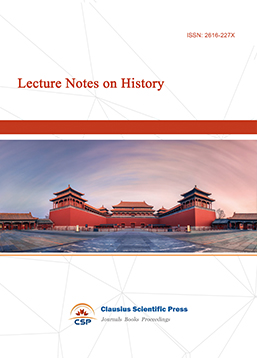
-
Lecture Notes on Language and Literature

-
Philosophy Journal
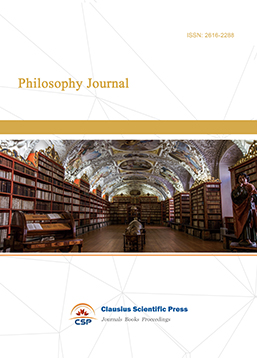
-
Journal of Political Science Research
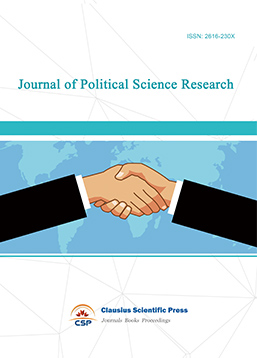
-
Journal of Sociology and Ethnology
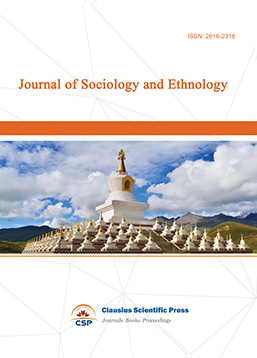
-
Advances in Broadcasting
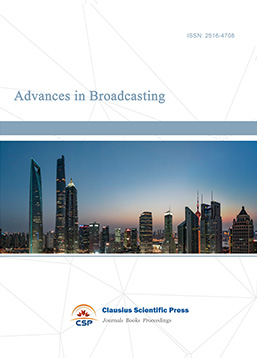

 Download as PDF
Download as PDF